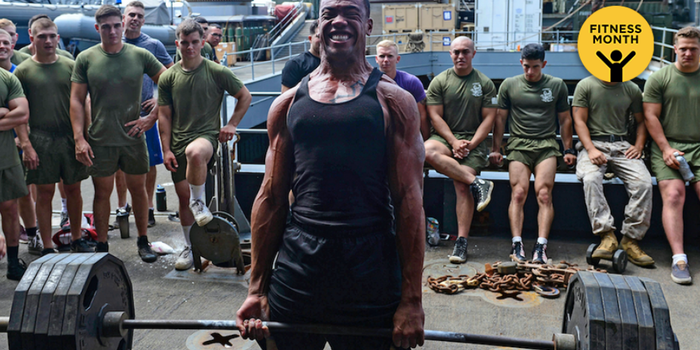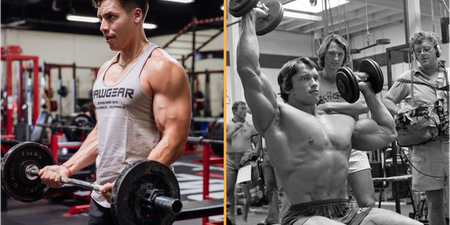Structuring your workouts into specific mini-cycles can increase size and strength
If you’re a newbie to the gym, rest assured that a multitude of training plans will initially get the job done.
Bodybuilding, powerlifting, CrossFit and calisthenics can all add muscle mass and reduce body fat when you’re a novice to the iron.
The true test of your mettle comes when you hit a plateau. That is, when your progression on strength, muscle gain and fat loss seem to hit a wall.
Although a completely natural occurrence, this can negatively affect motivation.
Instead of throwing your toys out of the pram and quitting the gym, put a proper plan in order. Your results from following a periodised training programme will surprise you no end.
What is periodised training?
Put simply, this is when training is split up into specific periods, each dedicated to a different style of weightlifting:
- Strength training
- Power training
- Hypertrophy training, where the focus is on muscle gain rather than a sheer strength surge.
It also shows up the difference between exercise and training.
Exercising gets the best out of one particular workout. Periodised training also gets the best out of each session, but ensures that each workout fits into a wider, overall strategy.
Exercise is great, but training is better.
What are the different ways of structuring a weights routine?
There are two options when it comes to periodising your programme.
You can do it in a linear fashion, where you spend a month (or longer) on strength training, then the same period on power training and finally a similar length of time on high-rep, bodybuilding-style training.
You could also periodise weightlifting in a non-linear way.
Instead of focussing on monthly cycles, you may only wish to spend a week or two on strength training before moving on to power training and then higher-rep lifting.
After six weeks, many non-linear routines even take each week as a mini-cycle, with separate days for strength, power and bodybuilding-style training spread out over seven days.
Which is better?
Both can work well, but the latter may produce even better results.
A team of researchers compared these two styles of training.
Both methods increased one rep max on the lat pulldown, tricep extension and bicep curl.
However, the non-linear method produced a much higher one rep max on the bicep curl and bench press. This training style also led to slightly greater muscle growth over a 12-week period.
If you’re looking to gain similar results, split your routine up like this:
Phase 1
Weeks one + two: 12-15 reps per set
Weeks three + four: 8-10 reps per set
Weeks five + six: 3-5 reps per set
Phase 2
Over the remaining six weeks, you’ll only need to train for three days out of seven.
Day one is your high-rep workout, day two reps 8-10, and day three is all about strength with 3-5 reps.























































